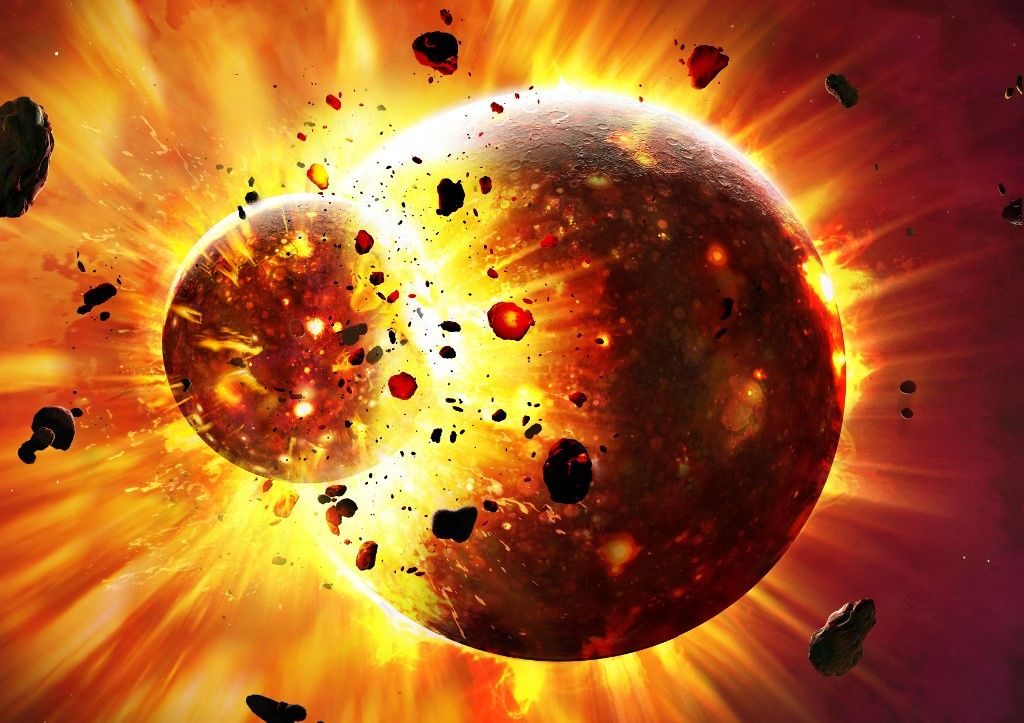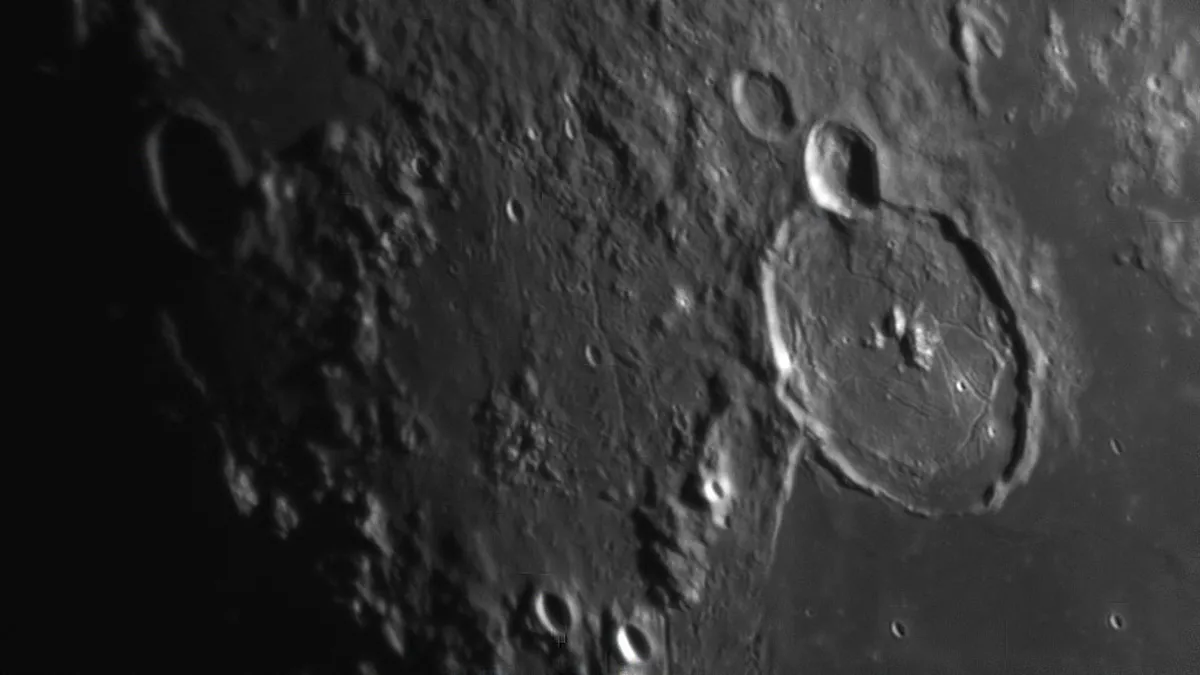For the first time, multilayer graphene has been found naturally on the surface of the moon. Global Times The state news agency, which could have serious implications for humanity's plans to one day use local resources on the moon's surface. The discovery may also provide new insights into the moon's early geological development. South China Morning Post According to reports, the new findings may challenge the long-standing theory that the moon was formed by a small planet colliding with Earth, and that most of its carbon came from this cosmic impact.
Image: Wikimedia Commons
Using a form of non-destructive chemical analysis called Raman spectroscopy, the Chinese researchers confirmed the discovery of multilayer graphene.
This type of graphene has 2-10 layers and can also be produced in the laboratory.
According to the researchers, the material was created as a result of the impact of solar winds on the lunar surface and early volcanic eruptions.
Is it possible that the moon did not form as we imagined?
The presence of pure “original carbon” could challenge the long-held hypothesis that a smaller planet the size of Mars collided with Earth to form the moon some 4.45 billion years ago. Of course, experts don’t rule out that graphene could have been created by meteorite impacts on celestial bodies.

Image: Science Photo Library via AFP
Further in-depth investigation of the properties of natural graphene may reveal more information about the geological evolution of the Moon.
– He said Research group.
China's space exploration success story is the Chang'o-5 mission.
The Chang'o-5 mission was one of the most complex and challenging missions in China's space exploration history. The spacecraft, consisting of an orbiter, a lander and a return module, blasted off to the moon on November 24, 2020, and its lander landed on the celestial body on December 1 in a large lava field called Oceanus Procellarum (Ocean of Storms) to collect soil samples. During the mission, the probe collected about 2 kilograms of lunar soil samples.












































